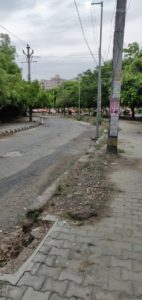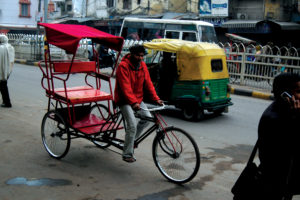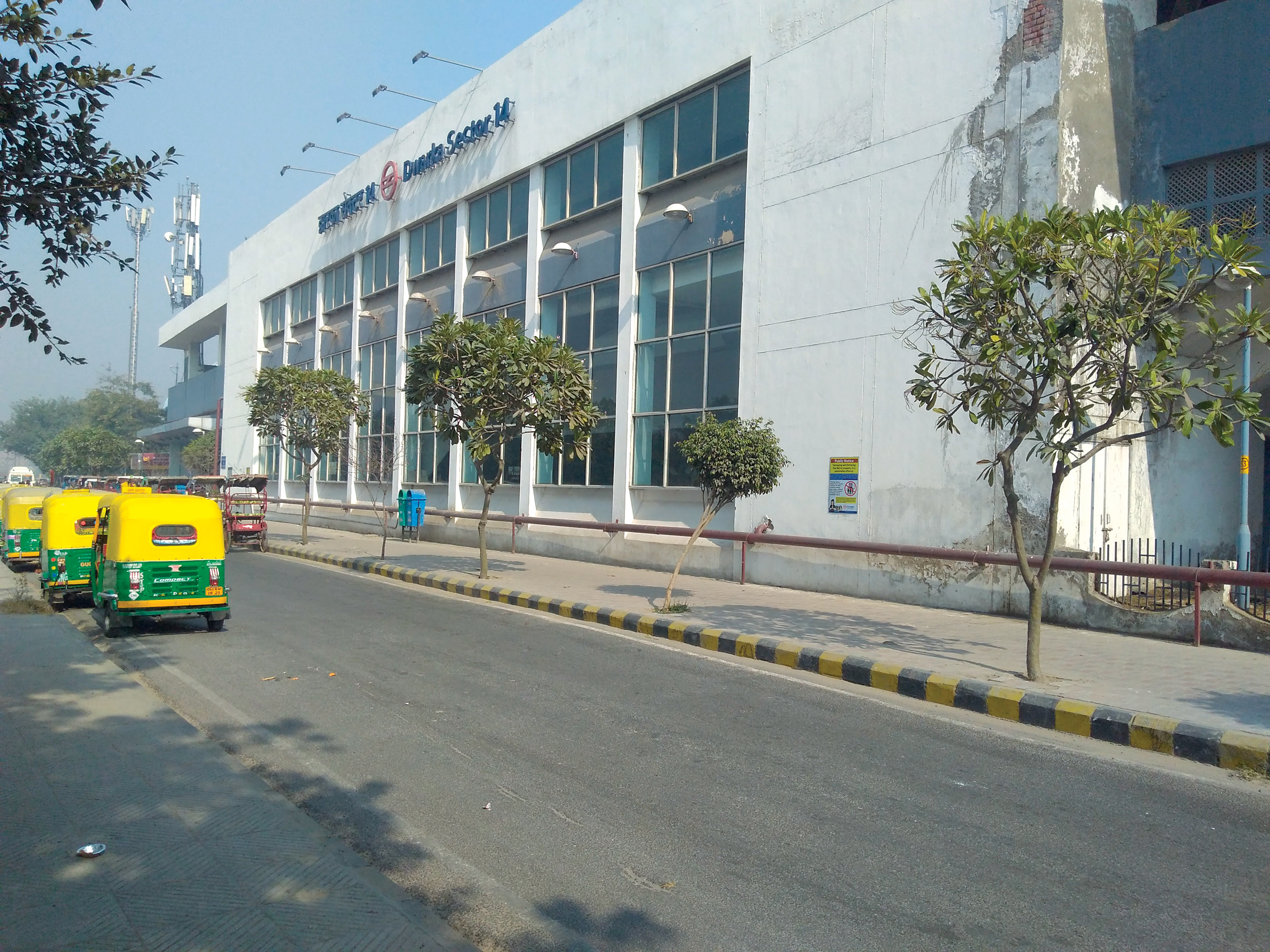Lack of transport from residences, offices and markets to the nearest Metro station puts women’s safety at risk, especially at night. Solutions are not yet in sight
It was around eight in the evening, when Jaya Sudha was walking home from the market she had stopped off at in Dwarka on her way home from work in Gurgaon.
About 2 kilometres away from a Metro station in a residential area, one would think there would be no safety issues. But it wasn’t so. “It was dark and only because of the headlights from vehicles on the road, could I figure out that someone was walking behind me”, Sudha says, recalling the incident which took place a week before.
“The man suddenly increased his pace and came on to my right side where my laptop bag was. I dropped my lunch bag which was on my left hand and held on to my chain. I somehow managed to throw my belongings to the ground and wriggled myself out of his clutches.”
Thankfully, with luck and a lot of grit, she managed to tackle the man. “I pushed him away, and he lost his balance. I noticed he was going to try and run away. Just then I saw a couple of people walking ahead of him so I shouted for help and started running after him. There was another man waiting for him on a bike.”
People on the road noticed her running and her calls for help to catch the thief. “About 50-60 people gathered and caught hold of the thief and his accomplice and beat them up.” The bike-borne man however managed to flee. “I kept calling the police call centre and it just kept ringing for close to 15 minutes. I didn’t get any response”, Sudha was finally connected to the correct police station and the cops arrived.
In 2018, as many as 6,642 cases of snatching were reported in Delhi according to the police records. And while these cases have taken place in parks, streets and close to market places, a dimly lit pedestrian zone is just as likely to be the hunting ground for thieves.

No wonder then, that a PhD study titled ‘A Comprehensive Approach to Last Mile Connectivity (LMC) for Public Transport Systems’ — by Dr Chidambara, Assistant Professor at School of Planning and Architecture (SPA), Delhi supervised by Dr Sanjay Gupta, Professor and Head, Department of Transport Planning, at SPA —found that a higher share of males walk or cycle (61%) to and from Metro stations in comparison to females (39%).
While this study looks at the first mile and last mile connectivity to Metro stations in the city, it did not limit itself and surveyed six to eight roads leading to the station in a 1-km distance, says Chidambara.
The findings, showing a lower share of women walkers, has a lot to do with the lack of safety and security in the pedestrian zones.
She pointed out to stations such as Chhattarpur which falls in the yellow line of the Delhi metro as having low safety provisions. Even Delhi Vishwavidyalaya, which falls on the same line, while it has a well-paved pedestrian zone, does not give a sense of security.
With the Metro station falling close to Delhi University’s North campus, one would think students would take advantage of that and take the option of walking but it isn’t so.
“Vishawavidyalaya has great potential to provide a pedestrian friendly and also cycling zones”, Chidambara says. But what she found in the study conducted in 2017, that the bicycle ride share was 0% for last mile connectivity. “We asked the people managing the bike share option outside the station and were surprised to hear that most people hiring the cycles were residents like hostellers who rent the bike for the entire day instead of bringing it back to let others use the facility for their first and last mile connectivity.”
She also found that except for two colleges, none “had a vision for a parking facility for cycles”.
This is important with the government pushing for green mobility. For something such as this to come to fruition it must ensure that people take alternative green means of transport and a good portion of that should be walking to their destination, Gupta points out.
He believes the government must focus on ‘Mobility as a service’ or MAAS, “like have app-based rickshaw service…this is the future of the city and they will have to rejig and create a system to serve this need.”
In this regard, a private player by the name of Oye rickshaw has started plying e-rickshaws to the Metro station from home and back with the app service, in collaboration with the DMRC. While they aren’t yet on iOS and only Android, one can still place a call to their call centre and a rickshaw will reach your doorstep.
This service is available only in a few Metro stations such as Vaishali and Dwarka. So, for now people are still left to their own resources for first mile connectivity. This brings us back to the safety angle: which is to have pedestrian-friendly areas with better lighting, well-made pavements and encroachment-free area.
“In European countries, one will see walking as a large part of connecting the last mile and first mile. It isn’t just the location which is beautiful but the facilities are evidently much better. Here it has not been realised yet and problems manifest in the city”, says Gupta.
He goes on to give the example of London in the UK where “distance doesn’t even become a factor”. “This should be a priority for the Delhi government… to have at least 2-3 kilometres of walkable area around the stations and it should be audited regularly.”
With a lack of first mile connectivity, many people tend to take their cars to park at the Metro stations. This, however, comes with a catch because many stations do not have parking areas and thus Metro users block the area from free flow of traffic with their vehicles.
And with a lack of planning, rickshaw, autos, feeder bus services all come together to make an area completely chaotic.

This brings us to the next point — the low use of feeder bus services. Gupta says this is due to the low frequency of the buses: “People do not want to wait for the bus to get filled up, there should be more frequency and buses should not wait for passengers but be on the move constantly”.
Chidambara points out that not a single Metro station has an integrated bus stop. “We found that feeder bus service has very little share in last mile service. But if you don’t even have basics like a bus stop, why dream of bigger things?” she asks.
Instead, she believes, every Metro station must have an integrated bus stop and real-time information being flashed of the feeder bus service along with the Metro timings and route map, this would ensure a more user-friendly interface and attract people to use a facility that is almost neglected.
While findings and suggestions are in front of the government to make the city on par with the world’s best mobility systems like London, Singapore and Helsinki, the road to that place is a long, hard one.





